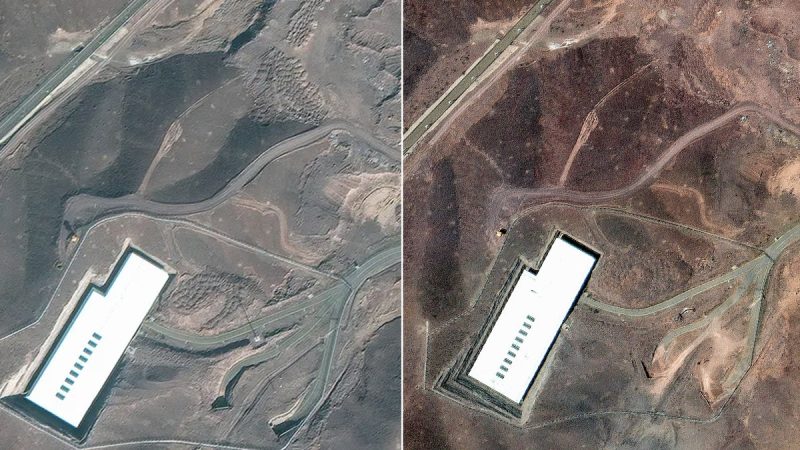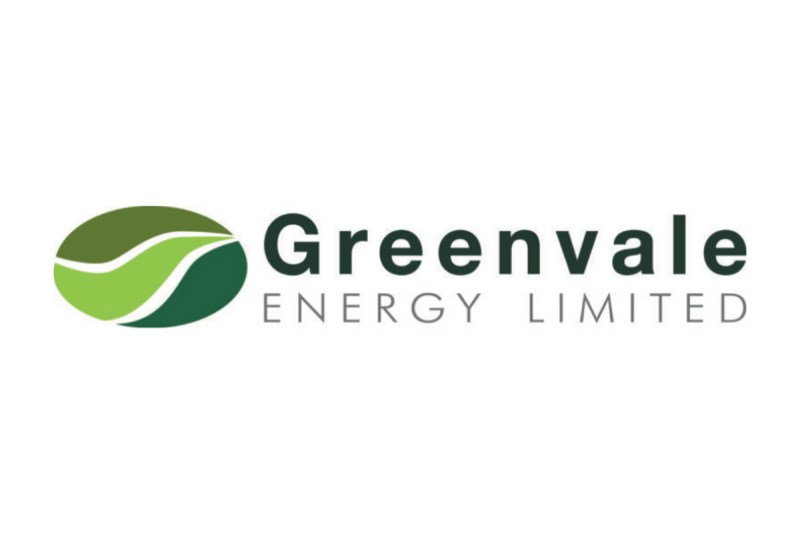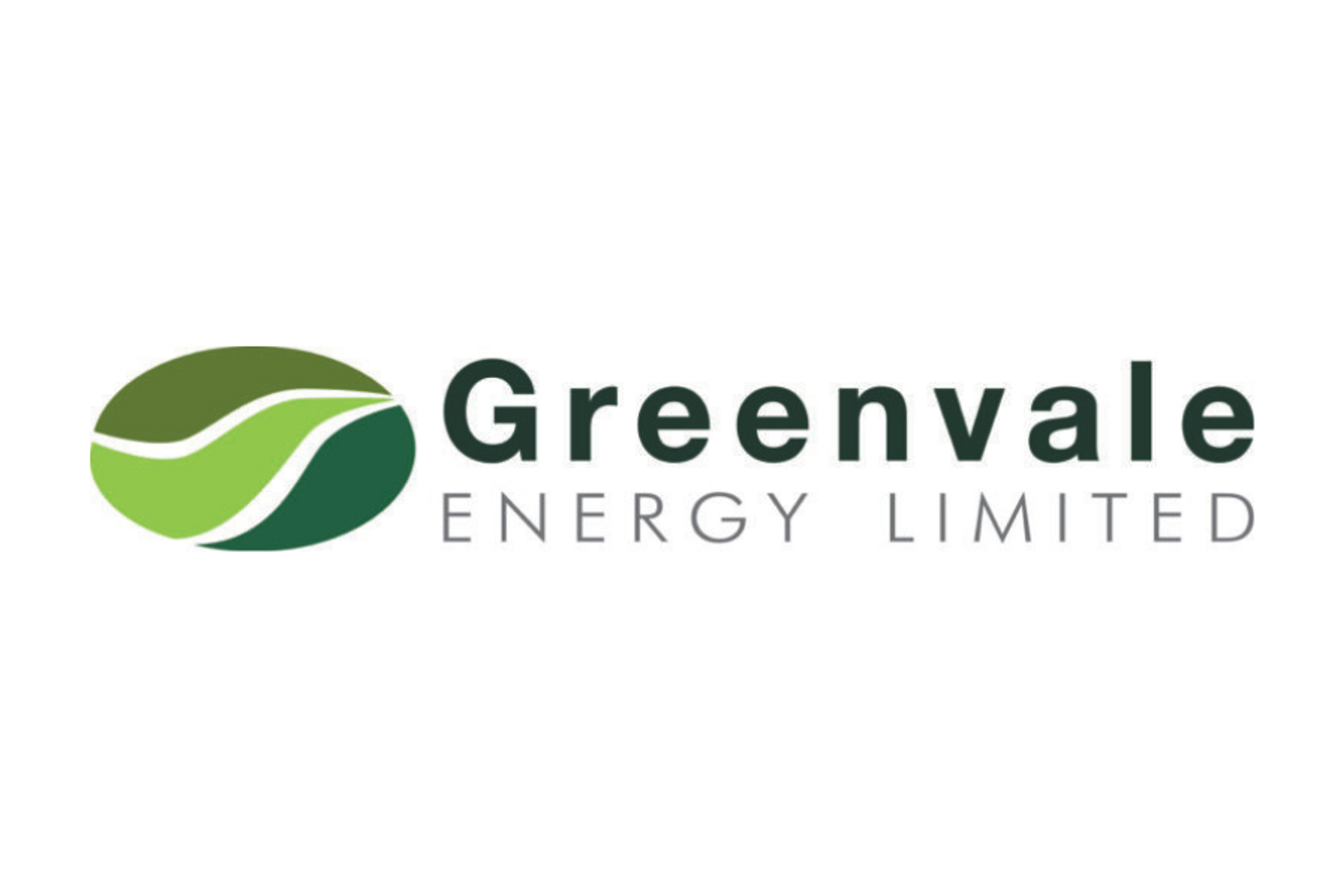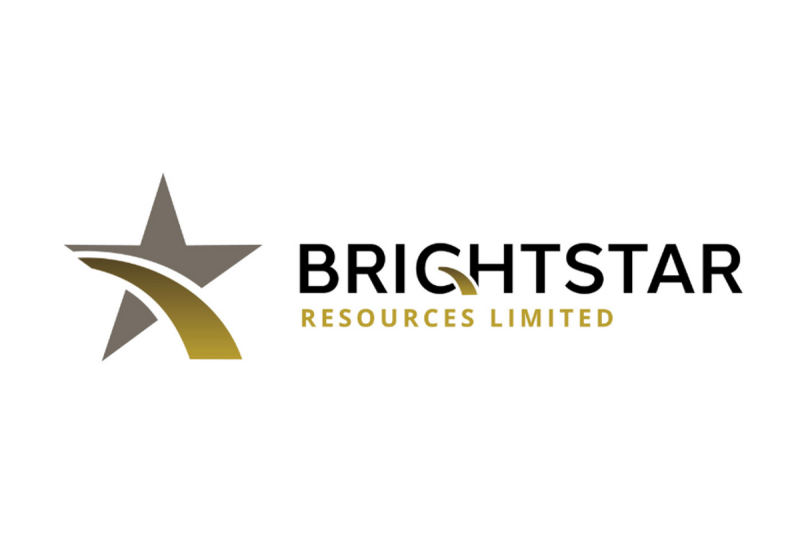
The House’s conservative fiscal hawks are warning that President Donald Trump’s ‘one big, beautiful bill’ could run into serious problems after the Senate made key changes to the legislation.
‘There’s real problems with it,’ Rep. Ralph Norman, R-S.C., told Fox News Digital on Tuesday. ‘We’re on board with the president… but we’re concerned about the changes.’
He and other members of the right-wing House Freedom Caucus are particularly incensed by the Senate’s decision to defer the expiration of certain green energy tax credits from the former Biden administration’s Inflation Reduction Act (IRA) — which those conservatives have dubbed ‘the Green New Scam.’
They’re also wary of additional dollars being spent on raising the debt limit, which Trump has directed GOP lawmakers to do before the U.S. runs out of cash to pay its obligations sometime this summer.
The Senate’s version of the bill increases the U.S. debt limit by $5 trillion, whereas the earlier House version hiked it by $4 trillion.
Congressional Republicans are working to pass Trump’s agenda on tax, immigration, defense, and energy in one massive bill via the budget reconciliation process.
By lowering the Senate’s threshold for passage from 60 votes to 51, reconciliation allows the party in power to pass sweeping legislation while sidelining the minority – in this case, Democrats – provided the measures included fall within a strict set of budgetary rules.
The House passed its own version of the bill late last month by just one vote. House Speaker Mike Johnson, R-La., has pleaded with his Senate counterparts to change as little as possible, citing his razor-thin majority.
But Senate Majority Leader John Thune, R-S.D., is also grappling with a small majority of Republicans – and his chamber’s product has made several key updates to please the GOP conference there.
‘The changes that we’re hearing about are not good. And Mike Johnson told the Senate, ‘Don’t send us back a revised bill, a significantly revised bill, because we passed it with a one-vote margin in the House,’’ Rep. Keith Self, R-Texas, told Fox News Digital.
House Freedom Caucus Chairman Andy Harris, R-Md., told Fox News Digital he would vote against the bill if the Senate’s product was returned in its current form – though he did not discuss the parliamentarian’s further changes.
Harris voted ‘present’ on the bill when it passed the House in May, telling reporters he had some lingering concerns but would not vote ‘no,’ in order to keep Trump’s agenda moving.
‘The currently proposed Senate version of the One Big Beautiful Bill weakens key House priorities – it doesn’t do enough to eliminate waste, fraud, and abuse in Medicaid, it backtracks on the Green New Scam elimination included in the House bill, and it greatly increases the deficit – taking us even further from a balanced budget,’ Harris said in a statement.
‘If the Senate tries to jam the House with this version, I won’t vote ‘present.’ I’ll vote NO.’
Rep. Eric Burlison, R-Mo., similarly said in a statement that he would oppose the bill if it came back to the House in its current form. The Missouri Republican voted to advance the bill in May.
Freshman House Freedom Caucus member Rep. Mark Harris, R-N.C., who also voted for the House version of the bill, said in a public statement, ‘In the many moving pieces and rumors of how the Senate’s One Big Beautiful Bill is shaping up, I get more concerned each day!’
And Rep. Chip Roy, R-Texas, the Freedom Caucus policy chair, wrote on X, ‘Rumor is Senate plans to jam the House with its weaker, unacceptable OBBB before 7/4. This is not a surprise, but it would be a mistake…I would not vote for it as is.’
Republican leaders have set a goal of getting a bill to Trump’s desk by Fourth of July.
The president ordered congressional Republicans to remain in Washington until the legislation is passed in a lengthy Truth Social post on Tuesday.
‘To my friends in the Senate, lock yourself in a room if you must, don’t go home, and GET THE DEAL DONE THIS WEEK,’ Trump wrote. ‘Work with the House so they can pick it up, and pass it, IMMEDIATELY. NO ONE GOES ON VACATION UNTIL IT’S DONE.’
While right-wing conservatives rail against the bill, other moderate Republican factions within the House GOP have demanded changes to the Senate’s revisions to the state and local tax (SALT) deduction and Medicaid, specifically tweaks to the provider tax rate, among others.
Compounding issues for House Republicans are a slew of cost-saving provisions that have been ruled out by the Senate Parliamentarian during a process called the ‘Byrd bath,’ which tests whether an item in the bill comports with reconciliation rules that stipulate policy has to deal directly with budgetary and spending effects.
Senate Budget Committee Chair Lindsey Graham, R-S.C., scoffed at the House GOP’s threats.
‘‘We’ll do better than what you did,’ is what I would tell them,’ he said.
Sen. John Kennedy, R-La., told Fox News Digital that a bill of the magnitude that Republicans were trying to pass would be hard to build a complete consensus around. He noted in particular complications around tax negotiations, as Republicans work to extend Trump’s 2017 Tax Cuts and Jobs Act (TCJA).
‘Follow your heart. Take your brain with you,’ Kennedy said. ‘Don’t impose the largest tax increase in history on the American people. Look, it’s undeniable that everybody’s not going to be completely happy. I’m not completely happy with where we are, and we’re not there yet. We’re making progress.’
When asked his thoughts on conservatives bashing the bill, Sen. Kevin Cramer, R-N.D., said, ‘Everybody’s got to thump their chest a little bit, gotta stake their ground.’
‘But at the end of the day, if [Roy] votes against making the Trump tax cuts permanent, and against economic growth and against significant and serious reforms to IRA credits, reforms to Medicaid, I just don’t know how he lives with his own sort of conscience and votes ‘no,’’ he said.
But it’s not clear if Senate Republicans are unified on the bill themselves. Thune acknowledged there could be defections when he puts the bill on the floor. He can only afford to lose three votes.
‘We’ve got a lot of very independent-thinking senators who have reasons and things that they’d like to have in this bill that would make it stronger,’ he said.
Speaker Johnson downplayed the differences between the two chambers in his regular press conference on Tuesday.
‘I don’t think we can say it’s a vastly different product and prejudge it yet. We’re still awaiting the final details. We’ve given space for the Senate to work their separate chamber,’ Johnson said. ‘I’ve been emphasizing from the very beginning this is a one-team approach. The House and Senate Republicans working together in tandem with the White House. There’s no daylight between any of us and the ultimate goal and objective.’
This post appeared first on FOX NEWS











 Greenvale Energy (GRV:AU) has announced Preparations for Maiden Drill Program at Oasis
Greenvale Energy (GRV:AU) has announced Preparations for Maiden Drill Program at Oasis




 Brightstar Resources (BTR:AU) has announced BTR executes processing MoU for Menzies Gold Project
Brightstar Resources (BTR:AU) has announced BTR executes processing MoU for Menzies Gold Project








